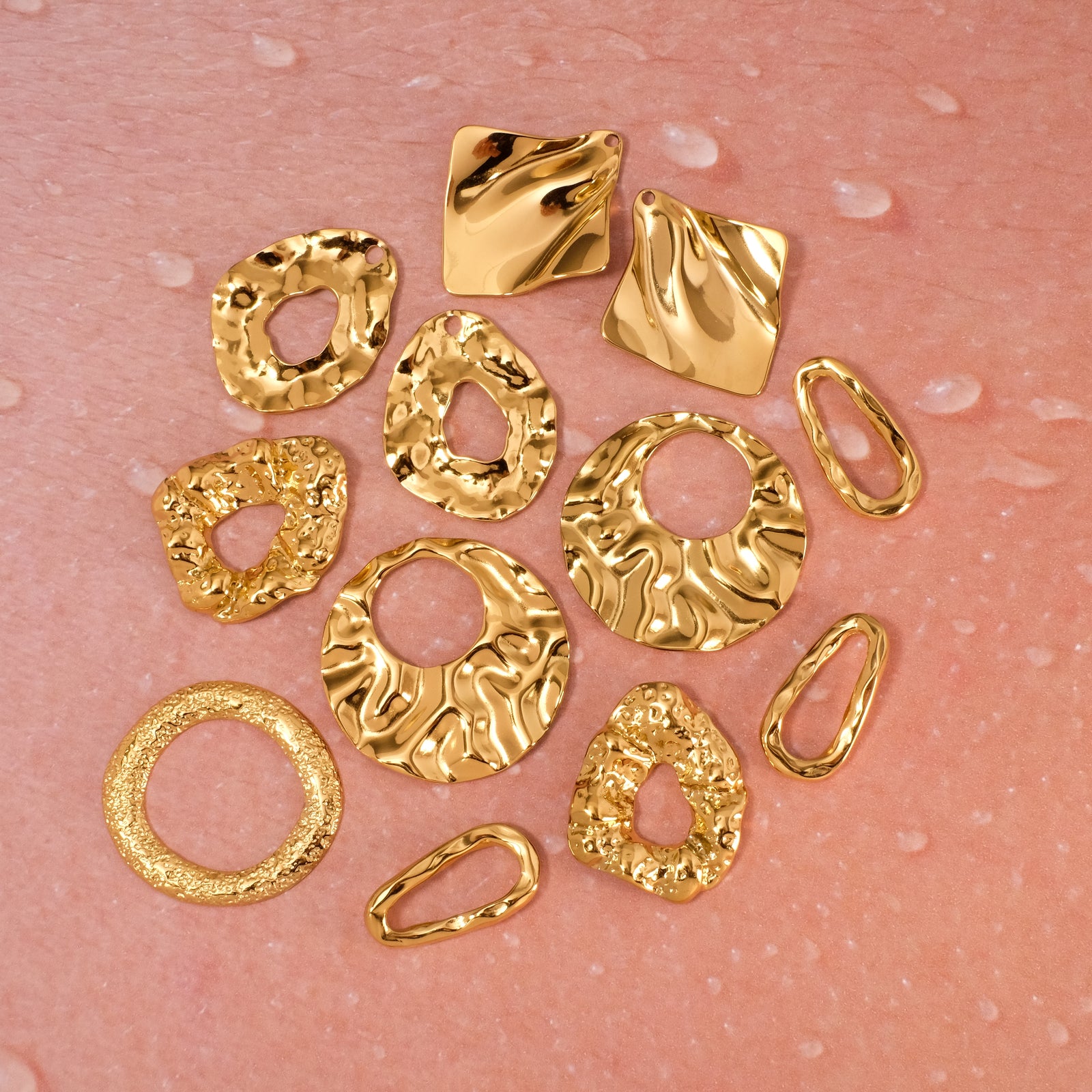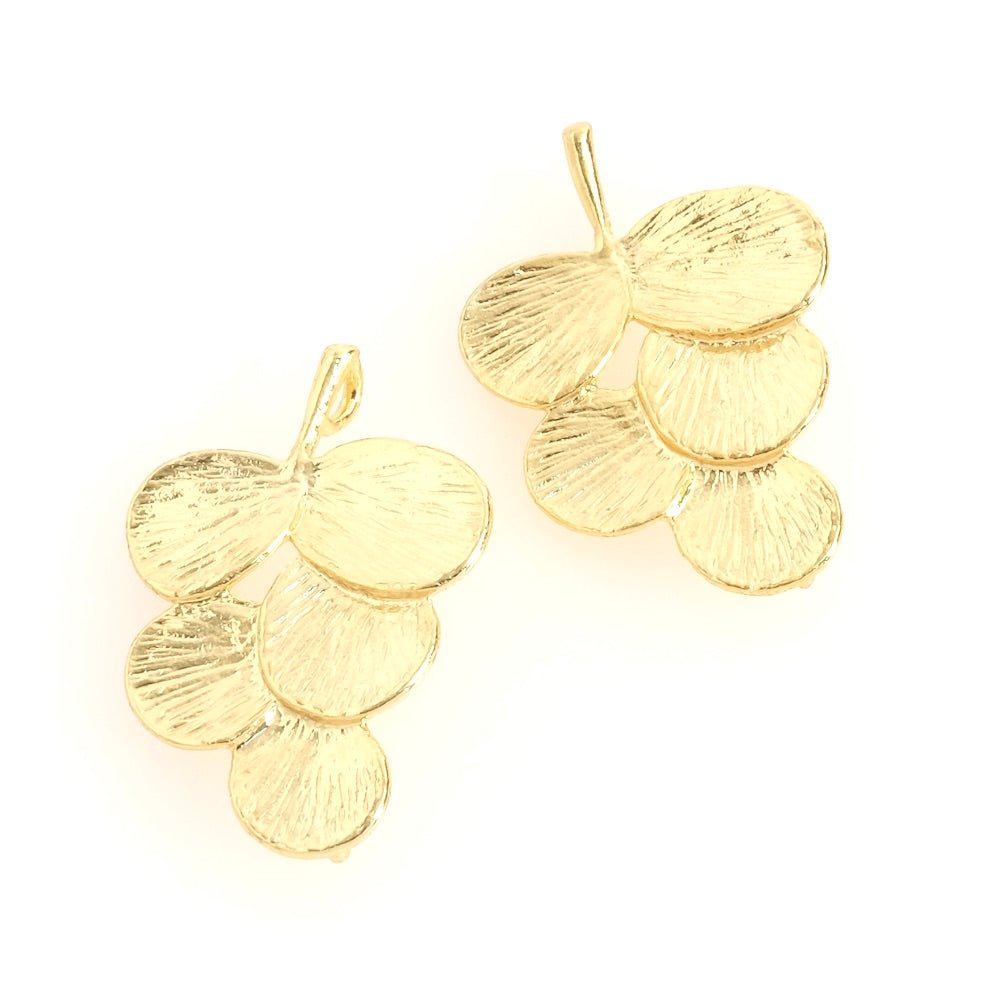 | Azure stone, sky studded with stars, blue material punctuated with gold... We tell you everything or almost everything about Lapis Lazuli. |
| The properties: |
|
* The Mohs scale was invented in 1812 by mineralogist Friedrich Mohs to measure the hardness of minerals. Lapis Lazuli is a stone of variable composition, of a very intense dark blue that can vary according to the abundance of its main mineral element, Lazurite (sodium and calcium aluminosilicate rich in sulfur). It takes its name from the Latin Lapis (stone) and the Arabic Azul (blue). |
| A bit of history: |
| This stone has been a source of passion for centuries and its name has changed a lot, but always in reference to its azure blue color, like a sky studded with stars punctuated with gold. It was introduced into Europe under the name Ultramarinum (overseas), alluding to its origin. beyond the seas ". Lapis lazuli is an opaque stone with a matte sheen, which shoot its value as a function of the intensity of its blue color. In fact, the more veins of white calcite or pyrite fragments it contains, the less valuable it is. It was once considered a more valuable gemstone than gold itself. Although it is now considered a semi-precious stone, it previously occupied the same place as a diamond in modern societies. Since ancient times, Lapis Lazuli has been used mainly as a pigment for painters. Natural Lapis Lazuli is expensive, it is often dyed to enhance its color. It can be reconstituted just like Turquoise but these will have much less value. |
| Like all gemstones, Lapis Lazuli is said to have spiritual powers. In lithotherapy it is a very powerful stone which stimulates creativity and contributes to the elevation of the spirit by making the mind calm and more concentrated. In the Middle Ages, the stone was renowned for its rejuvenating benefits on the body, it was said that it helped maintain healthy limbs. It is said to be beneficial on many levels. For example, it is said to help with various eye disorders, its energetic action can help fight against certain allergies and also reduce fever.... It is the stone of wisdom that in Egypt was often cut into the shape of a scarab and worked like a precious stone. It is a stone that soothes and rests, on the psychological and spiritual level, lapis lazuli elevates the soul and stabilizes the mind. It is a stone that brings the wisdom, self-confidence, intuition and creative expression. |
| Lapis Lazuli deposits: | ||||
| Lapis Lazuli stones come from several deposits around the world.
| ||||
| "I will have a chariot of gold and lapis lazuli harnessed for you, with golden wheels and horns of amber." | ||||
| Passage of the Epic of Gilgamesh in 2650 BC | ||||





 Band : Lapis Lazuli
Band : Lapis Lazuli